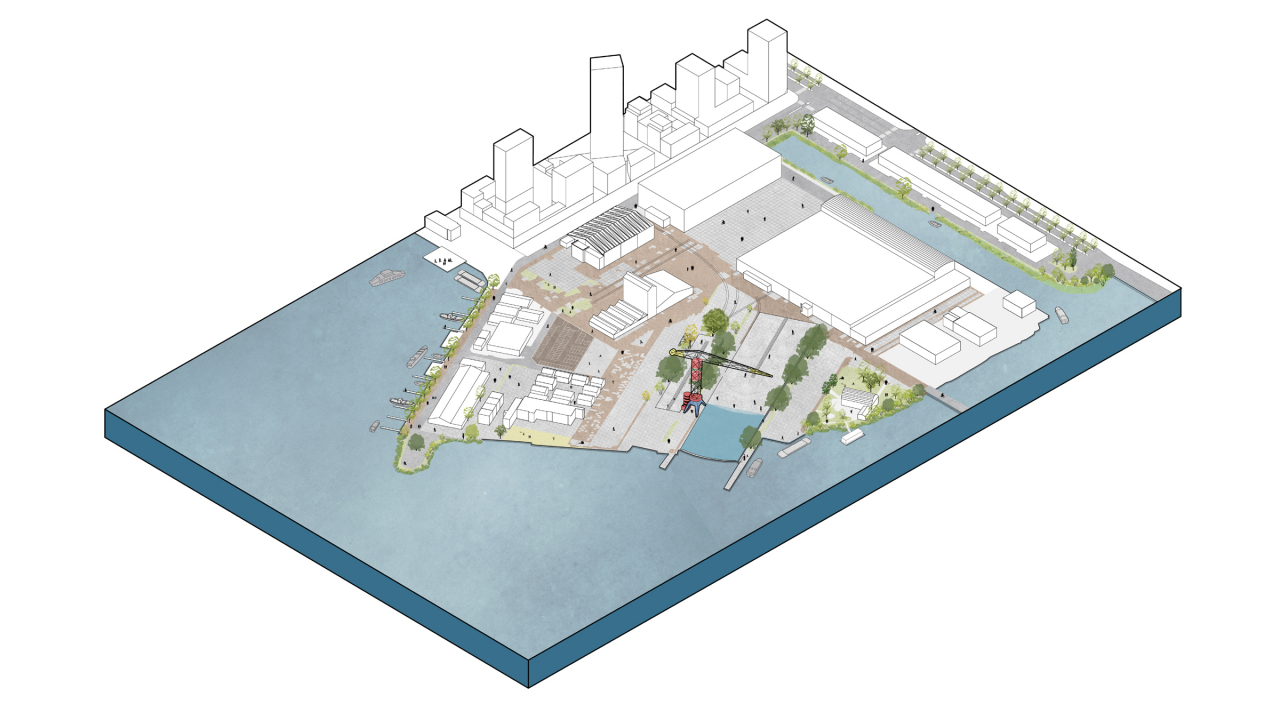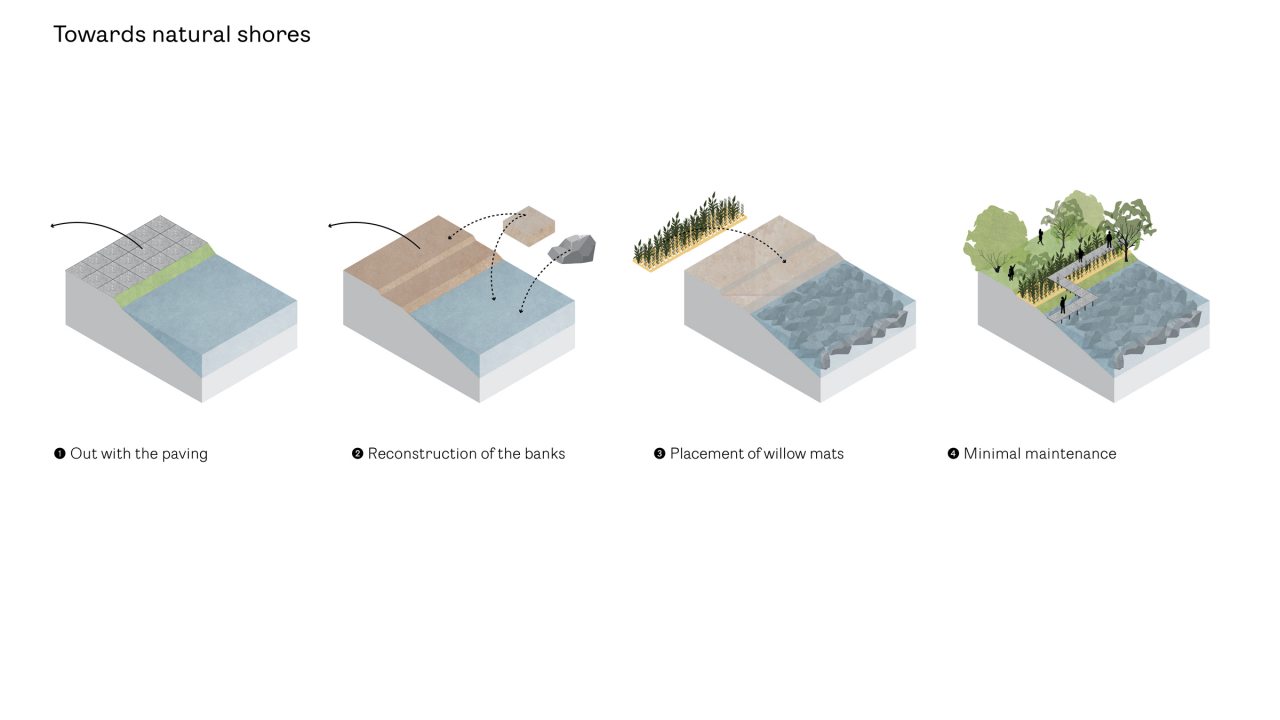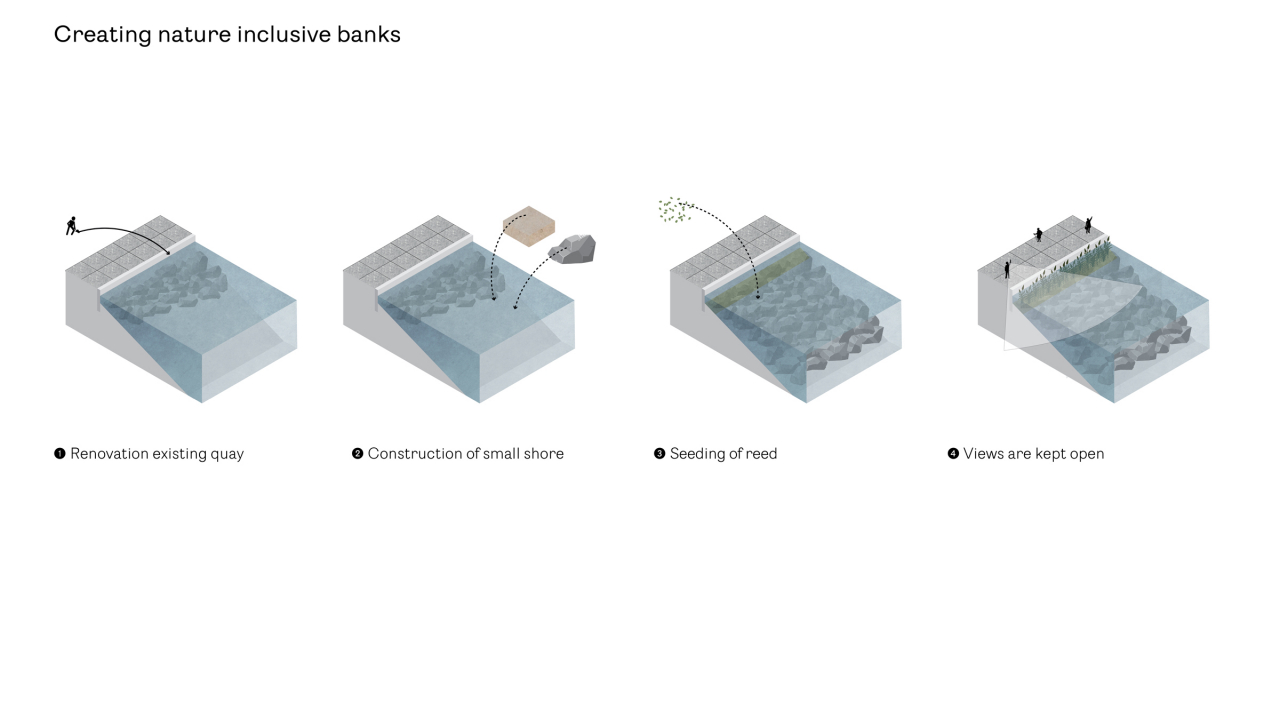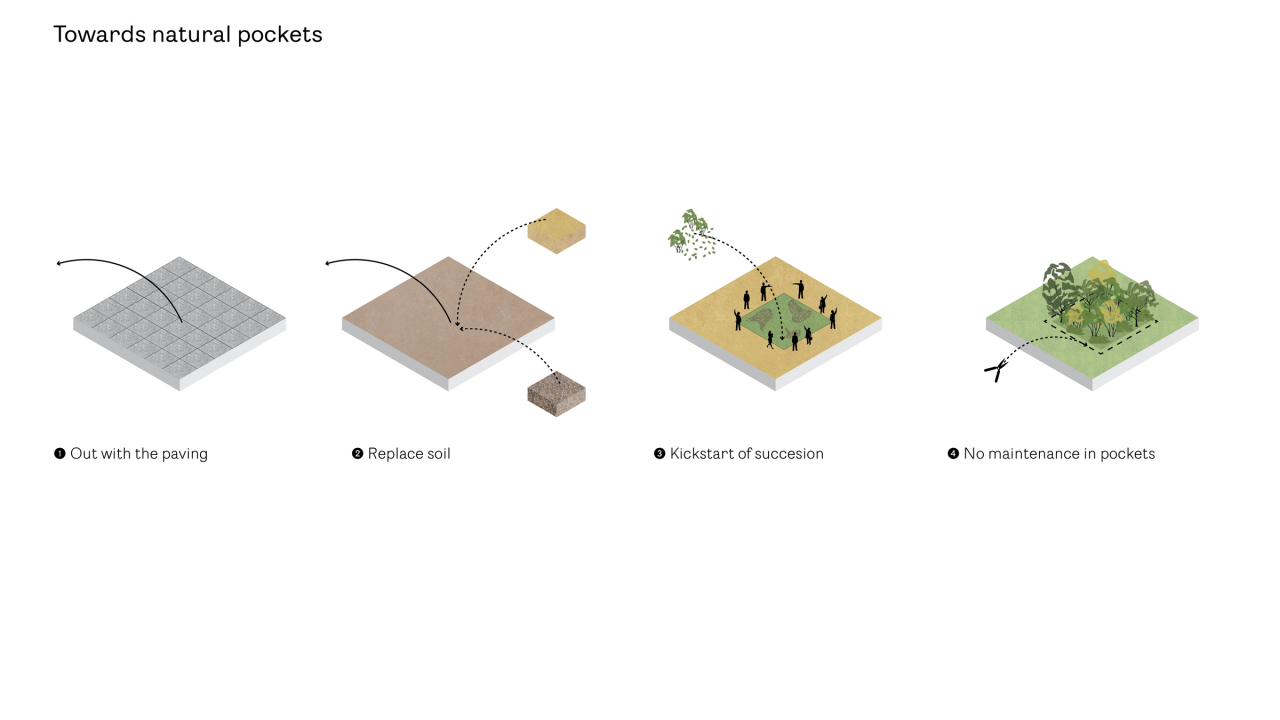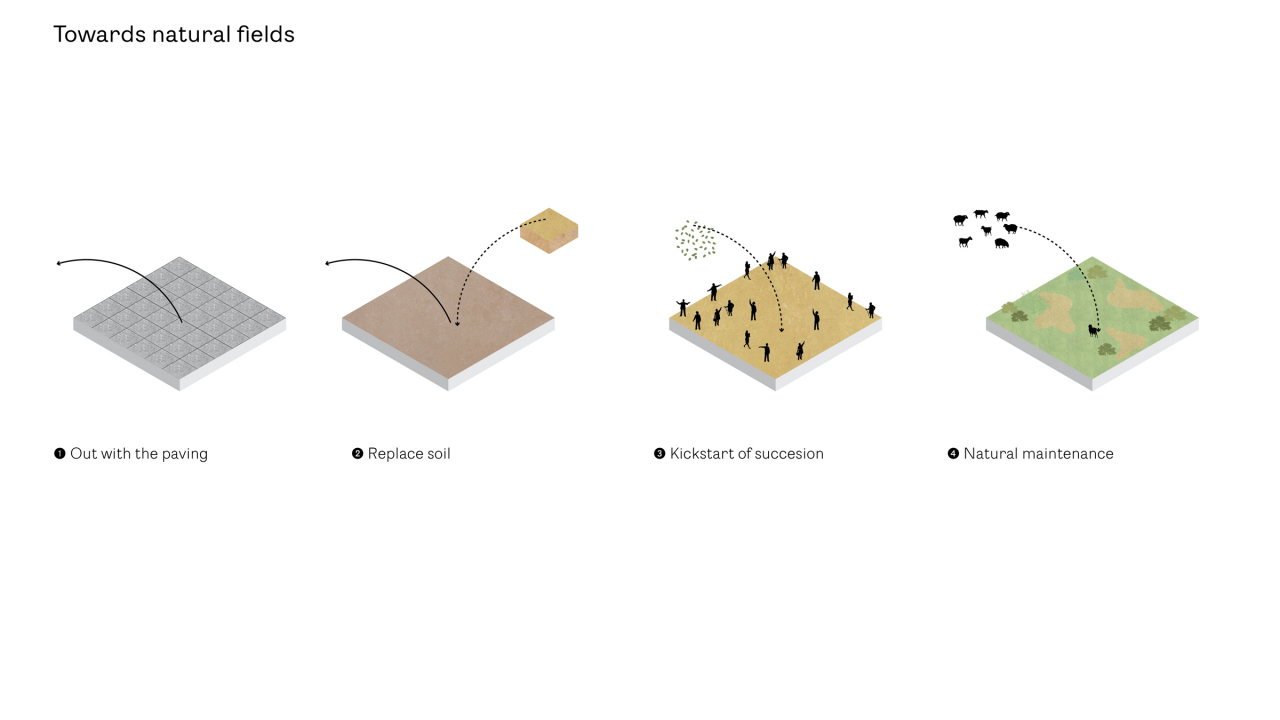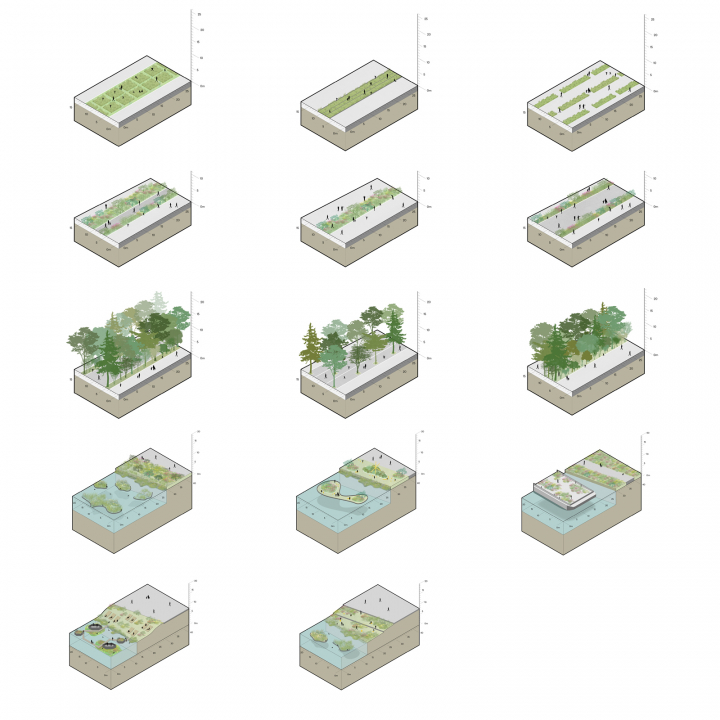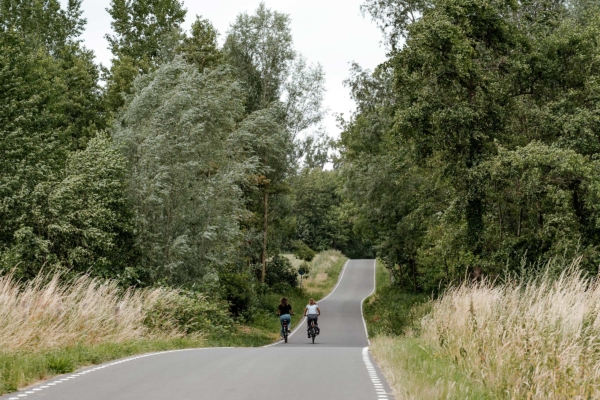- To preserve and improve of the existing qualities
For a site as unique as the NSDM-wharf it is essential to preserve all the existing qualities. These are qualities such as the historical buildings, the large trees and the cultural activities present on site. The strategy here is to preserve and possibly enhance these qualities as much as possible, to continue to strengthen the unique identity of the site and the meaning of it for the city of Amsterdam. This is the foundation for any other further development of the NDSM-wharf. - To create a strong natural base
The second part of the strategy is the definition of a spatial framework for the ecology and sports. Within the spatial framework, nature can freely thrive and sports can spontaneously happen. The strong natural base will not be planted and installed at once, but it is also a gradual transformation in itself. The only thing needed is to set the right conditions to transform. For example, we don’t plant any new plants or trees, but instead we remove the paving and pollution so new plants can spontaneously grow. Adding to rough look and feel of the wharf.
NDSM Amsterdam
Amsterdam, NL
| Type | Research, strategy |
| Design | 2020 |
| Location | Amsterdam, The Netherlands |
| Size | 18 ha |
| Client | Projectteam NDSM - municipality of Amsterdam |
| I.c.w. | Stichting NDSM-werf </a |
| Team | Eric-Jan Pleijster, Mark Spaan, Simon Verbeeck, Mariya Protsyk, Francesco Prete, Pasha Vredenbregt |
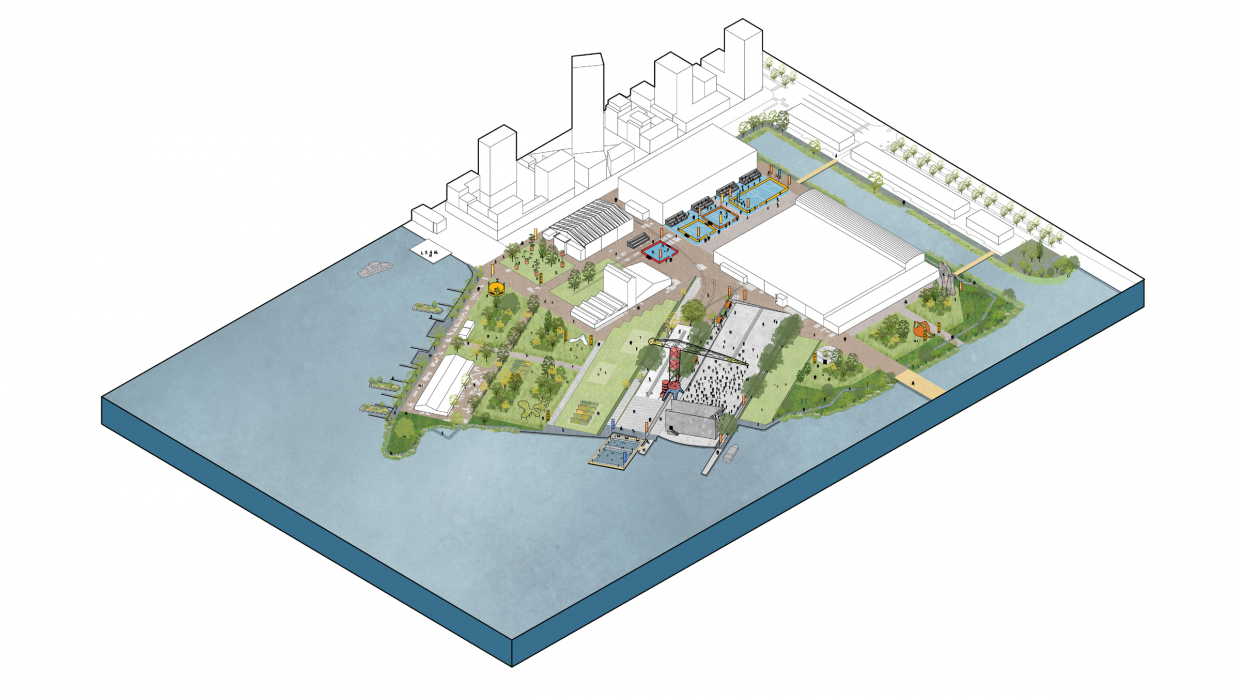
How to improve a popular cultural destination in Amsterdam? The NDSM-wharf at the northern waterfront of Het IJ in Amsterdam is currently a paved post-industrial site. This popular cultural hotspot will be transformed into a green and more public space. Commissioned by the Projectteam NDSM, LOLA developed a spatial strategy that not only preserves the historical value of the site, but also enhances the existing qualities and adds green spaces, sporting facilities and a natural shoreline to the site. Moreover: artist, (cultural) organizations and circular entrepreneurs have to be able to use of the wharf as a place for art, music, markets and festivals.
The NDSM-wharf is a derelict wharf where once big ships were built and still many relicts and monumental buildings from this period can be found. This place, occupied by artists, the maker industry and restaurants, grew into a popular daytrip destination for the people of Amsterdam. But the east side of the NDSM-wharf needs to transform once more. In the coming years thousands of houses will be constructed along the northern banks of the IJ. The former wharf has to be readied for the future by making it a climate adaptive and biodiverse area with a shared space for culture, recreation and sports.
The Projectteam NDSM i.c.w. LOLA and Stichting NDSM-werf didn’t make a defined design, but instead made a strategy. The locations for sports and green are set, so is the amount of space, but how it is going to look is determined via active involvement of its current and future users. For this strategy we defined a baseline of qualities and ambitions. In any case, the NDSM-wharf will be ‘green, rough, radical, experimental, cultural and historical. Not defined by design but created by conditions for (natural) development’. We defined three layers for the strategy.
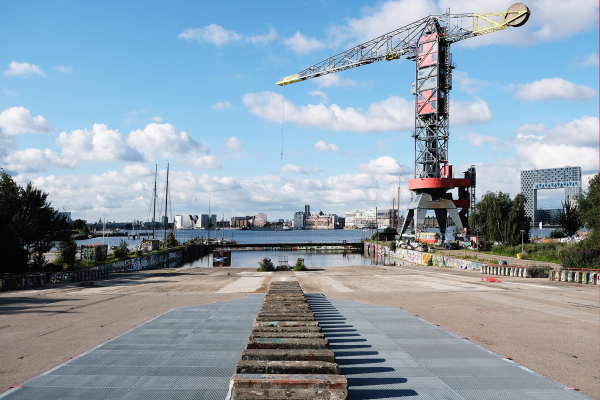
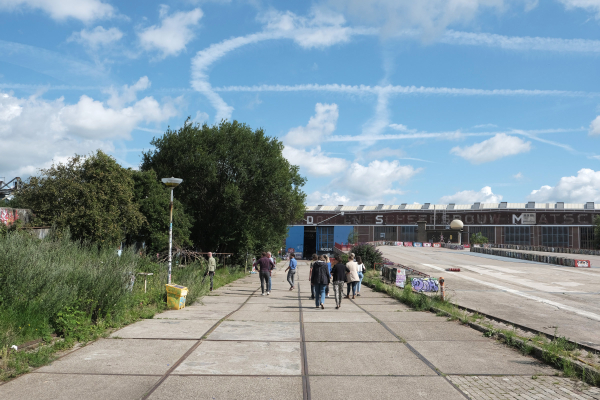
Photos and drawings as study for the Municipality of Amsterdam. The feasibility study is officially approved by the city council in October 2021.
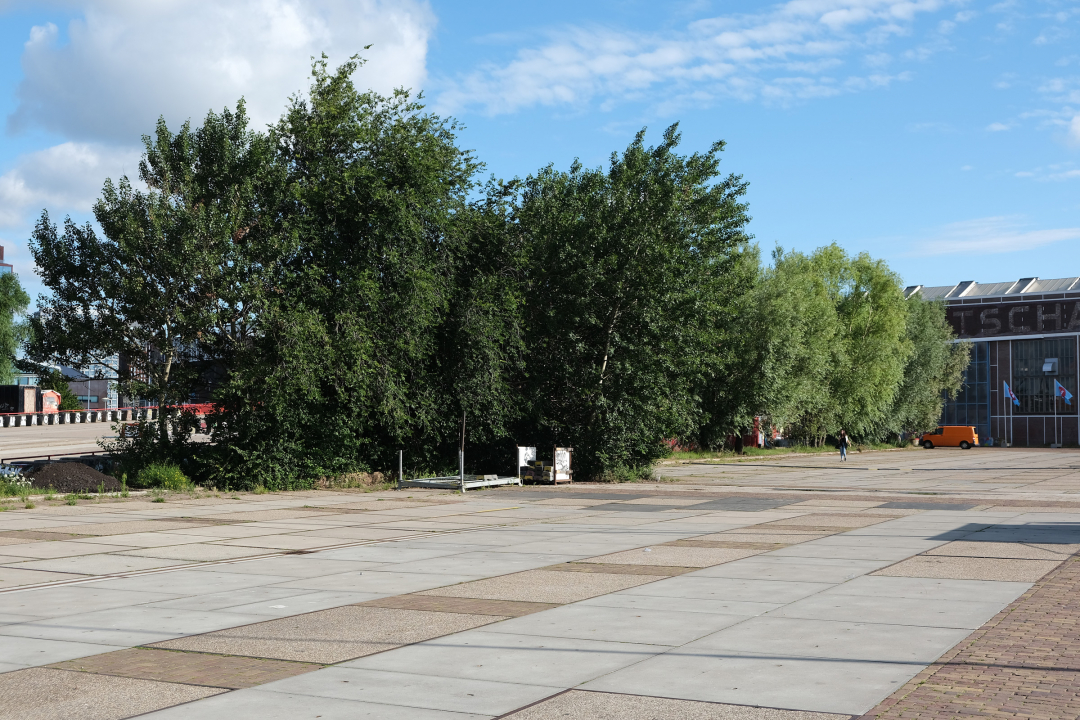
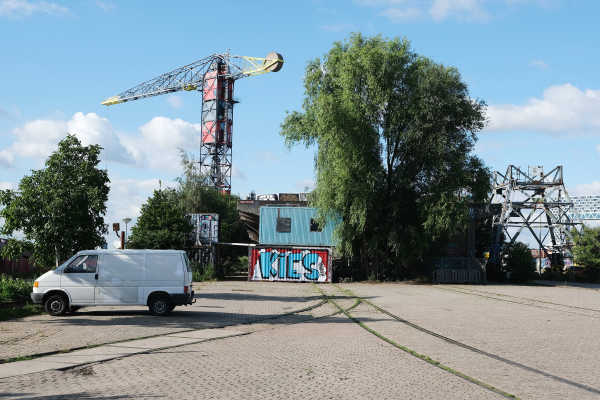
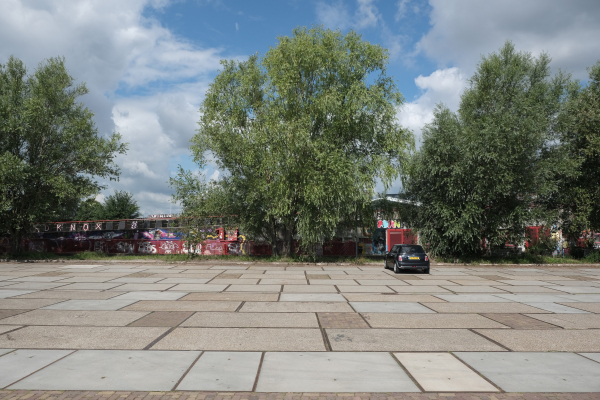
- To integrate initiatives
The buzzling events, artistic initiatives and circulair entrepeneurs make the NSDM-wharf so very special and meaningful. While adding space for ecology and sports, the threefold strategy still allows for all kinds of initiatives and actions by artists, creative entrepreneurs, residents and other Amsterdammers to take place. Basic amenities even make it easier to organize performances, markets and festivals. This makes both spontaneous short-term local initiatives possible, as well as long-term events over almost the entire area.
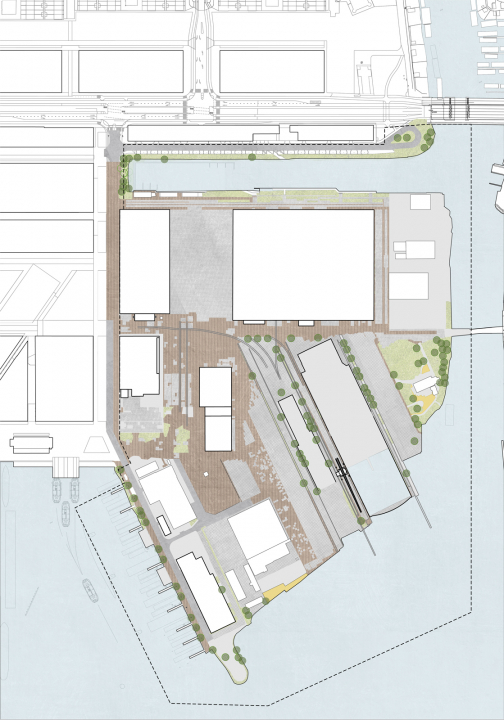
Existing situation
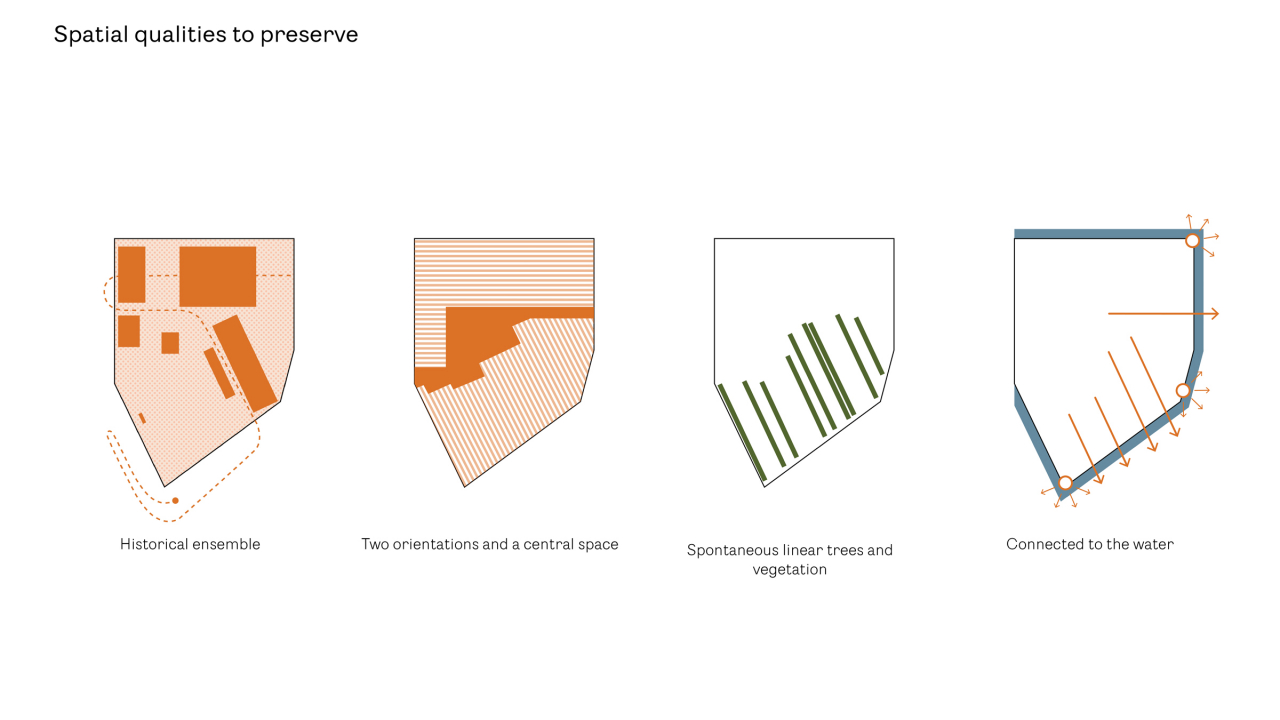
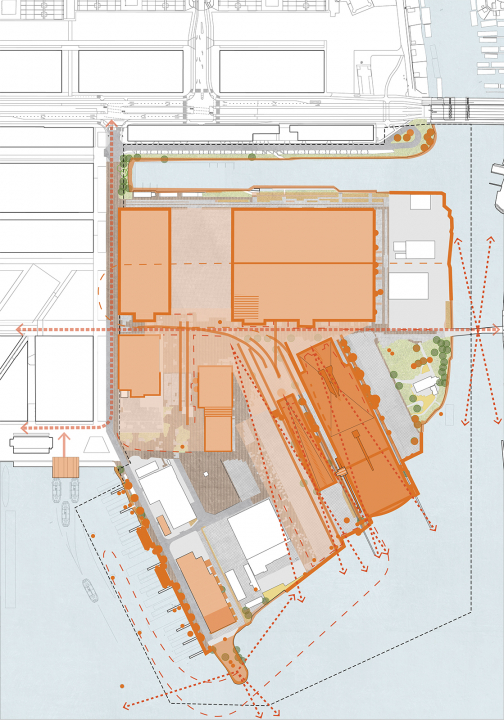
To preserve
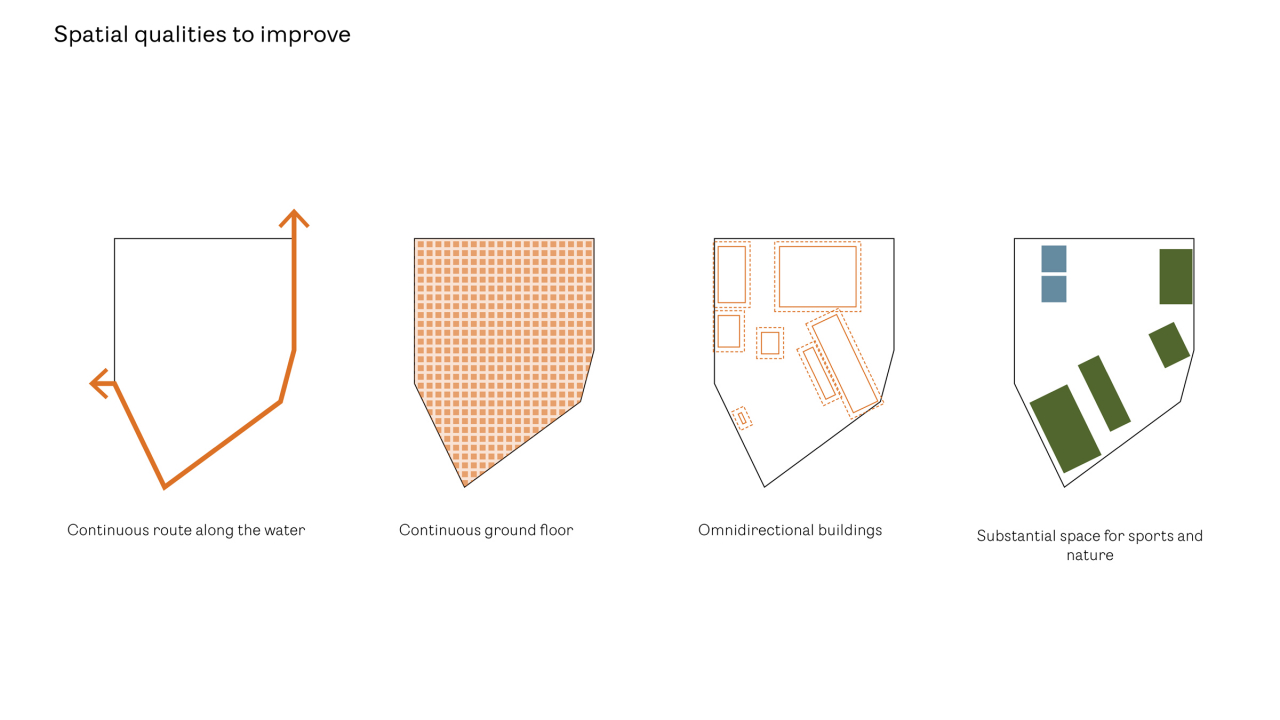
Mark Spaan of LOLA: “In any case, the NDSM-wharf will green, rough, radical, experimental, cultural and historical. Not defined by design but created by conditions for (natural) development.”
